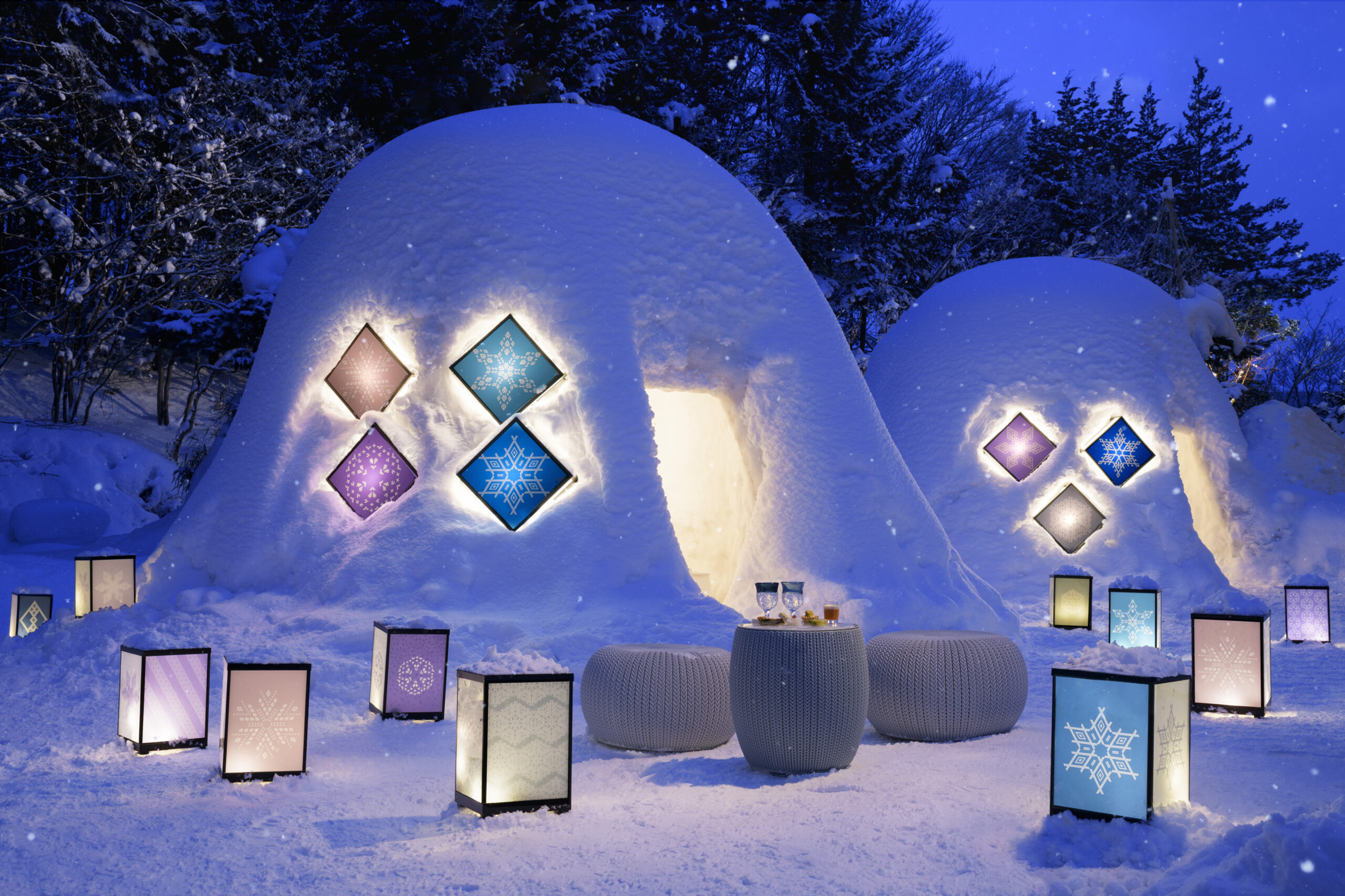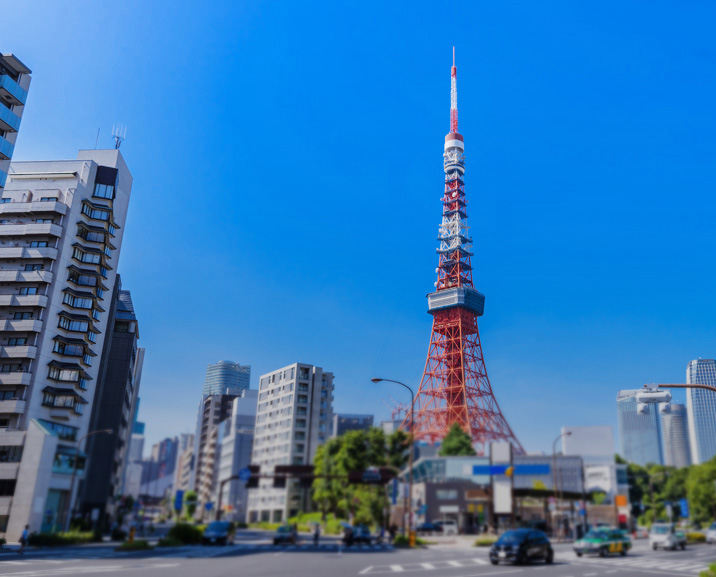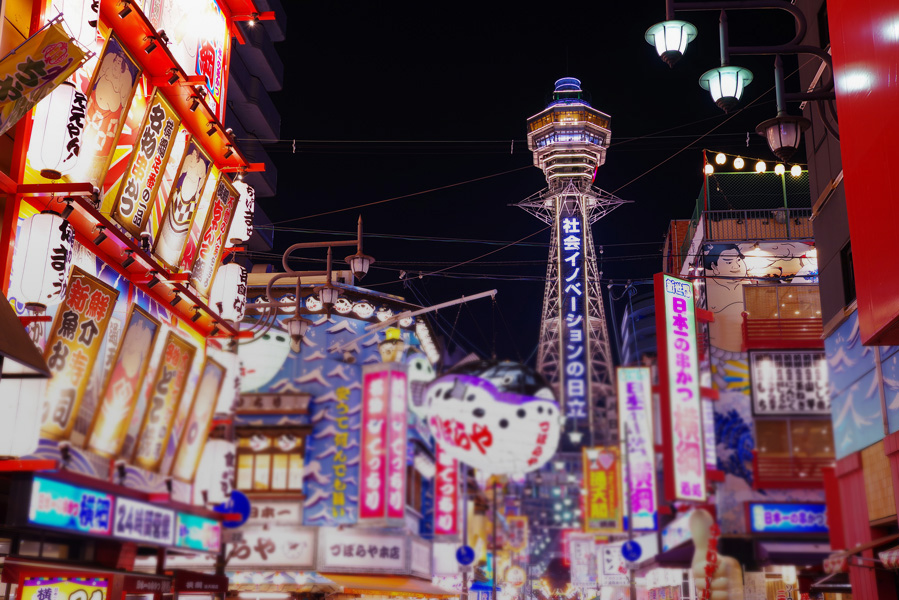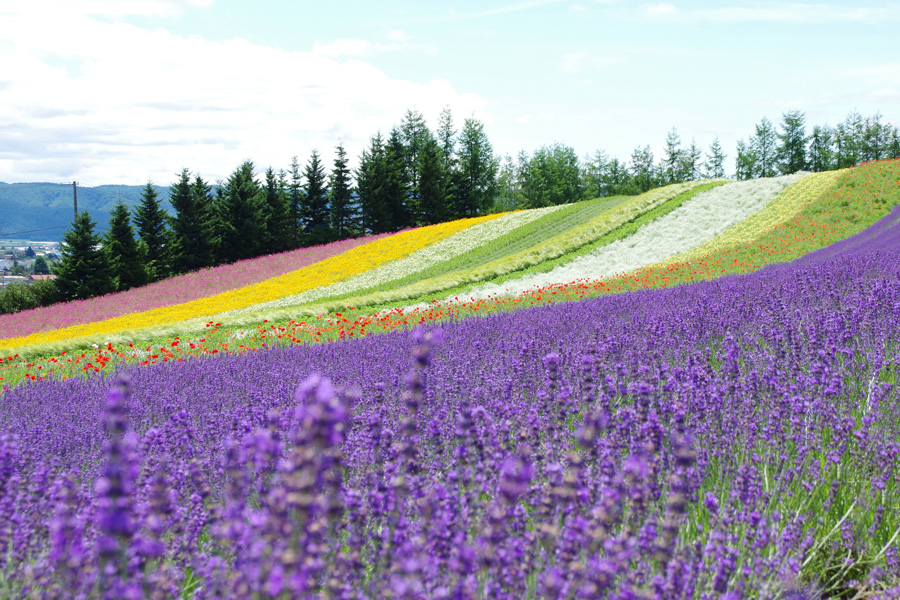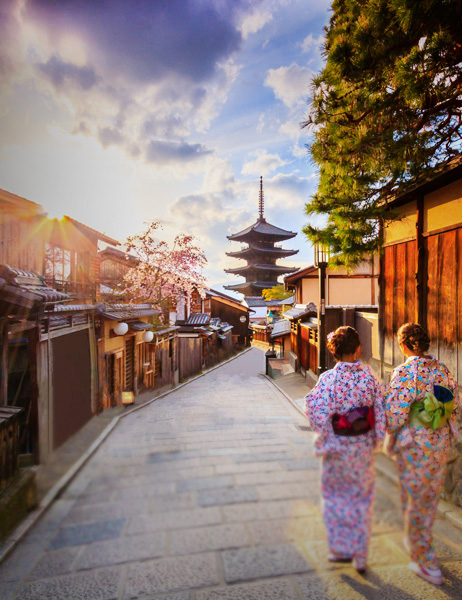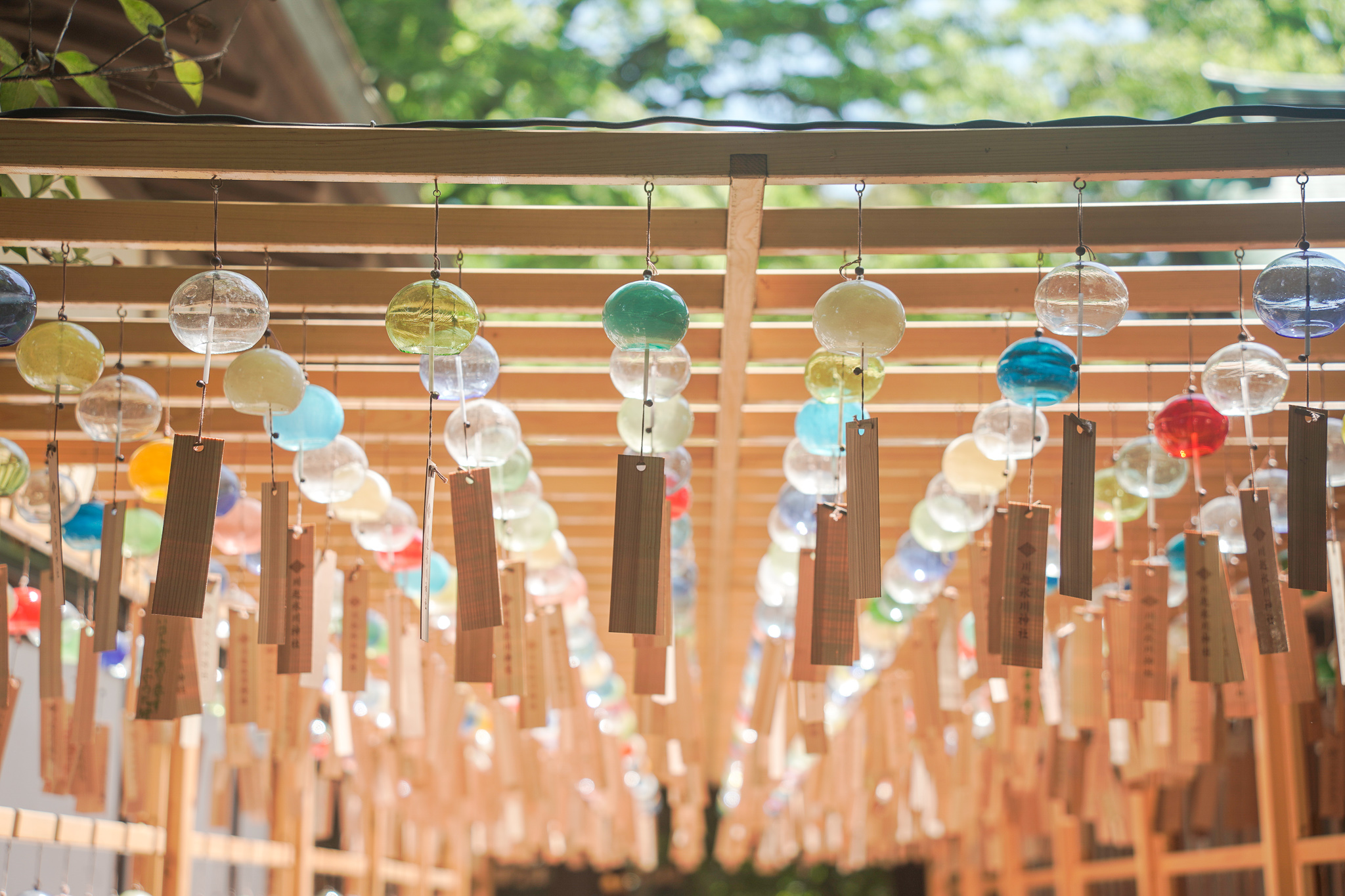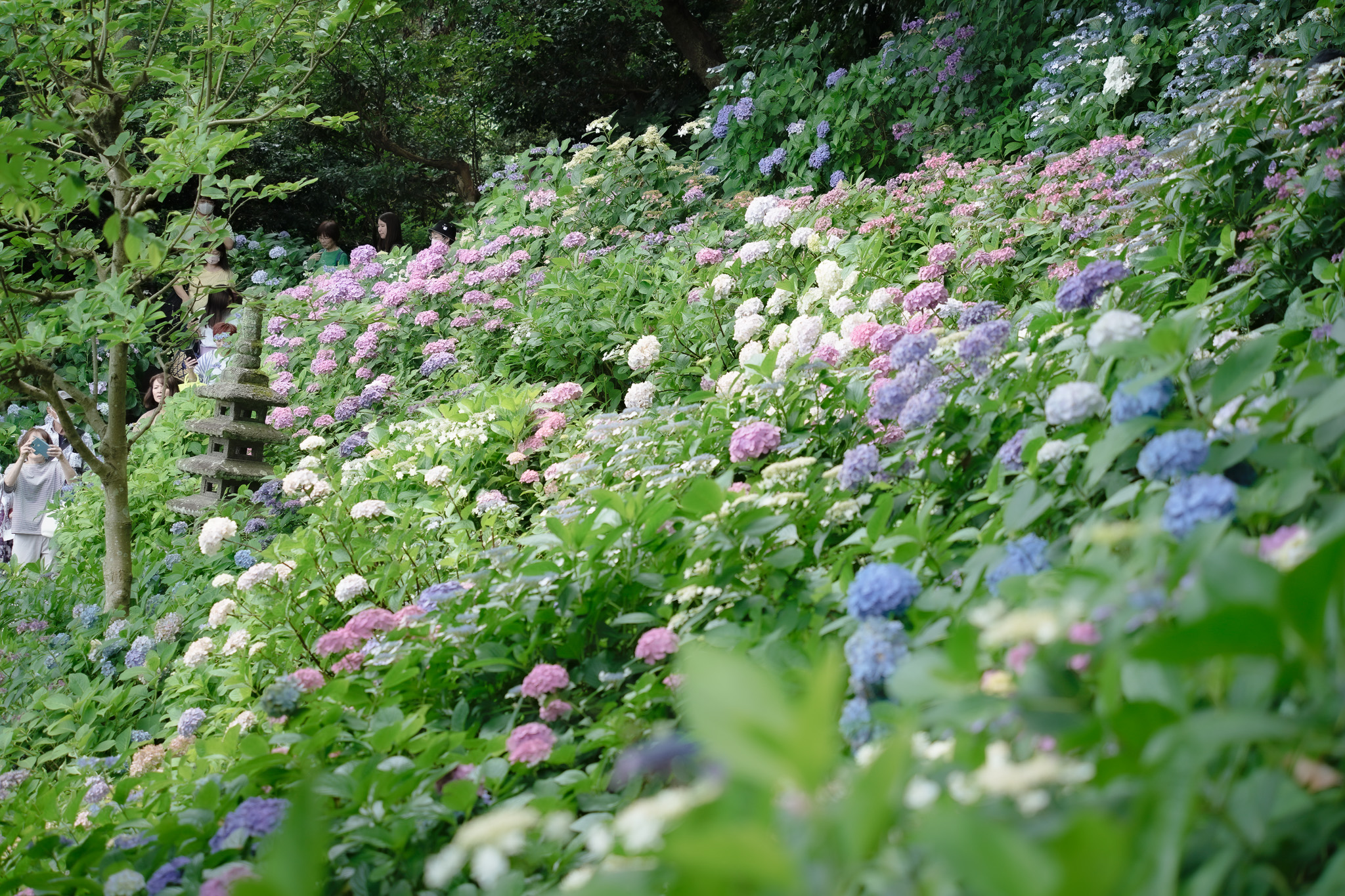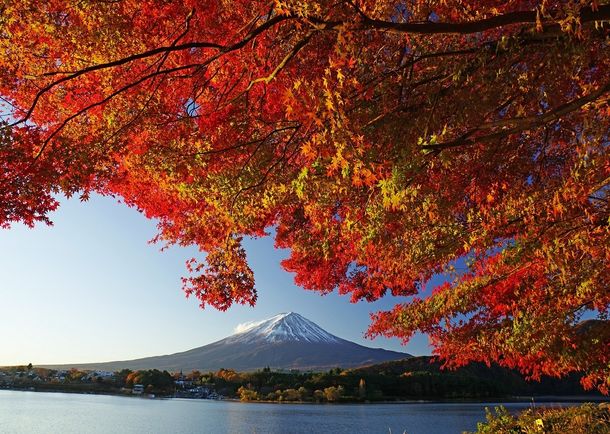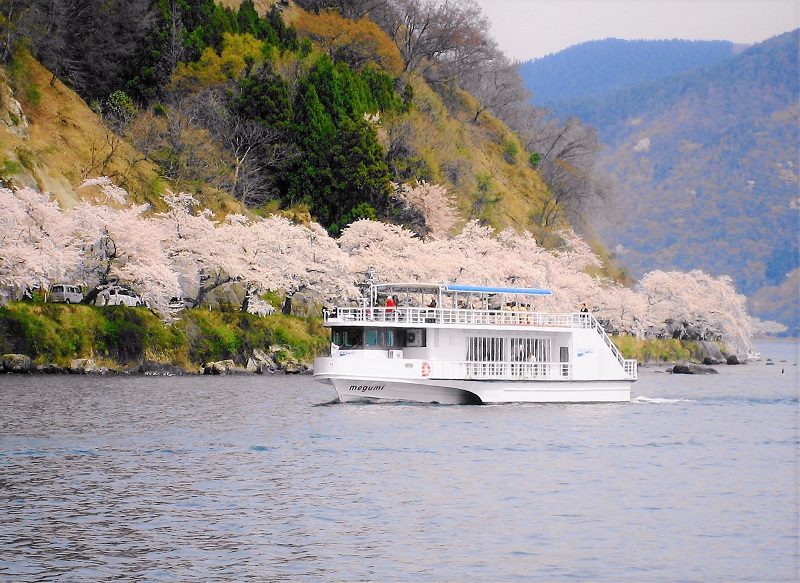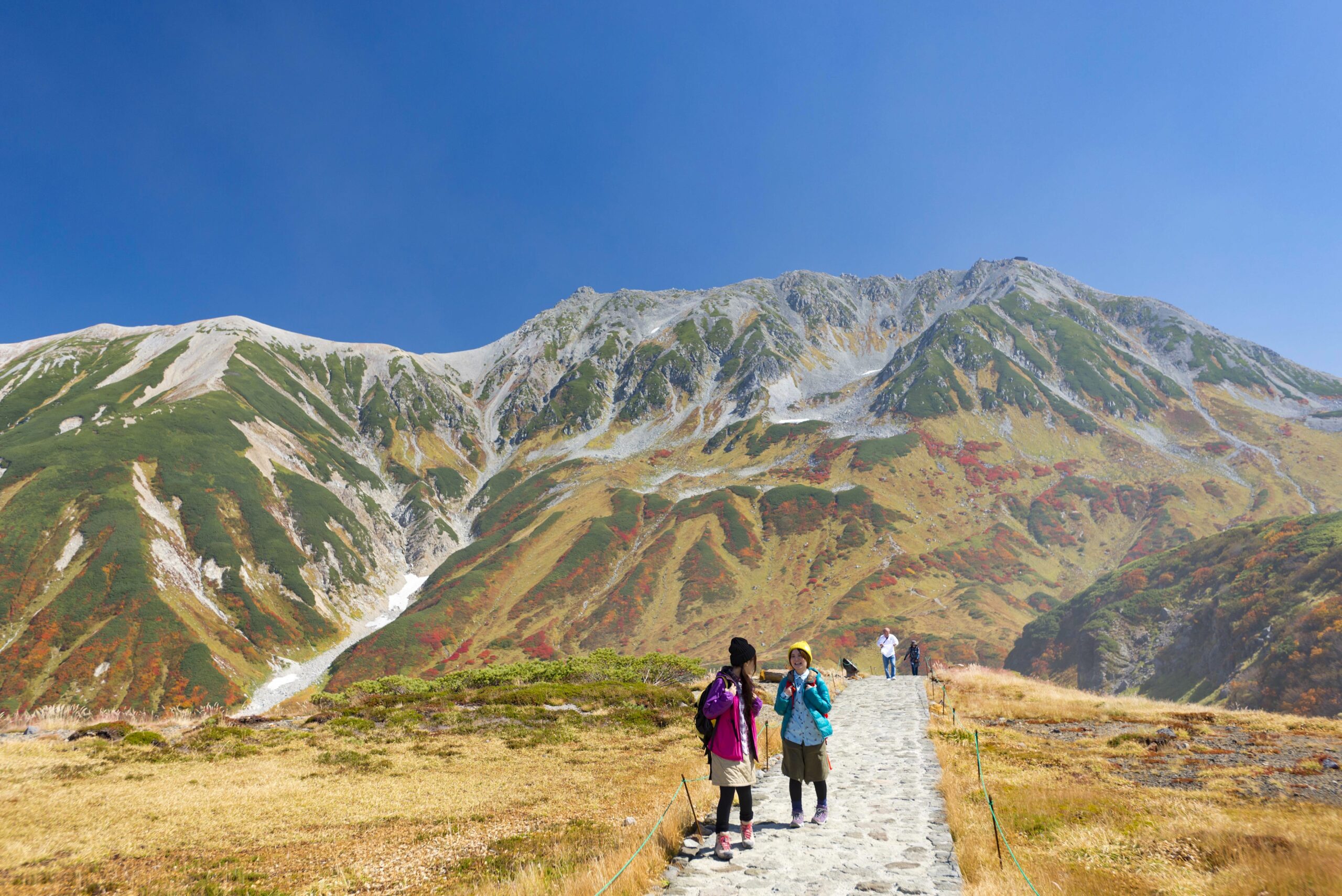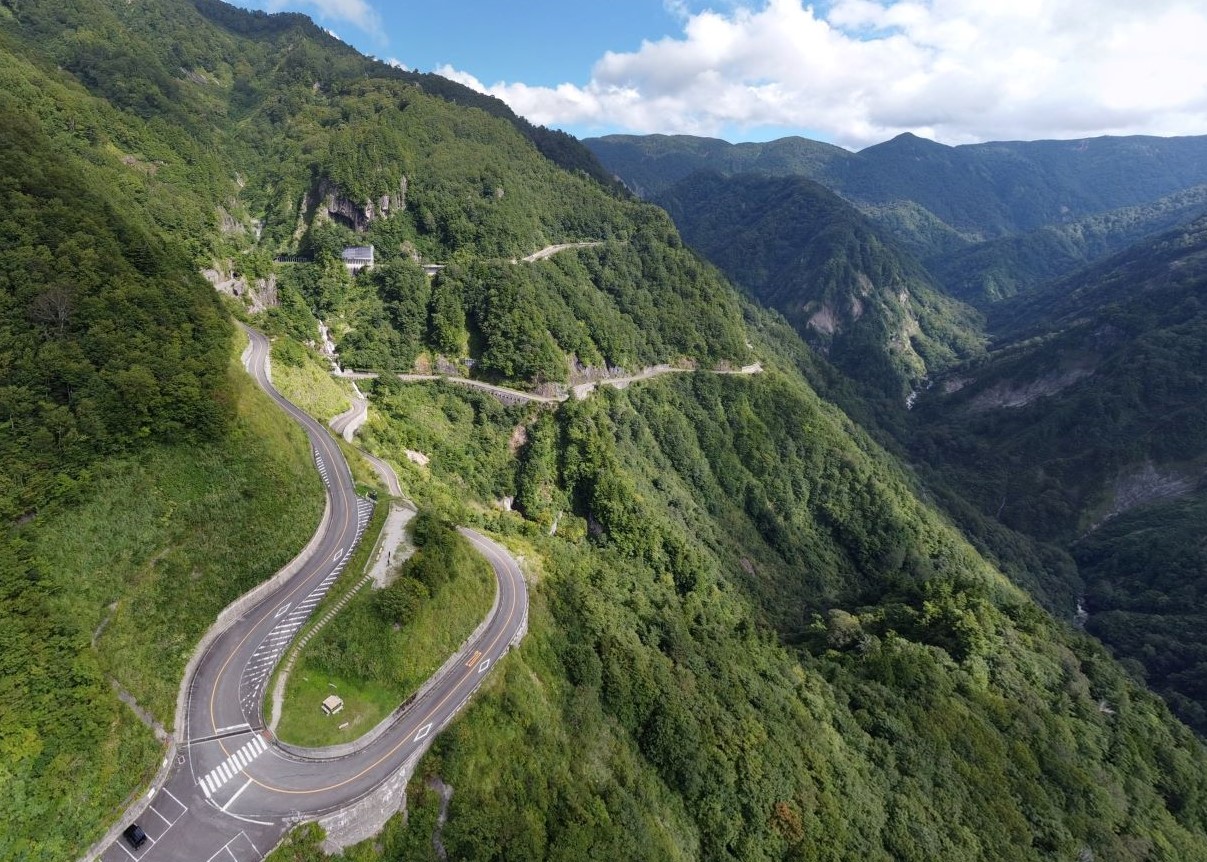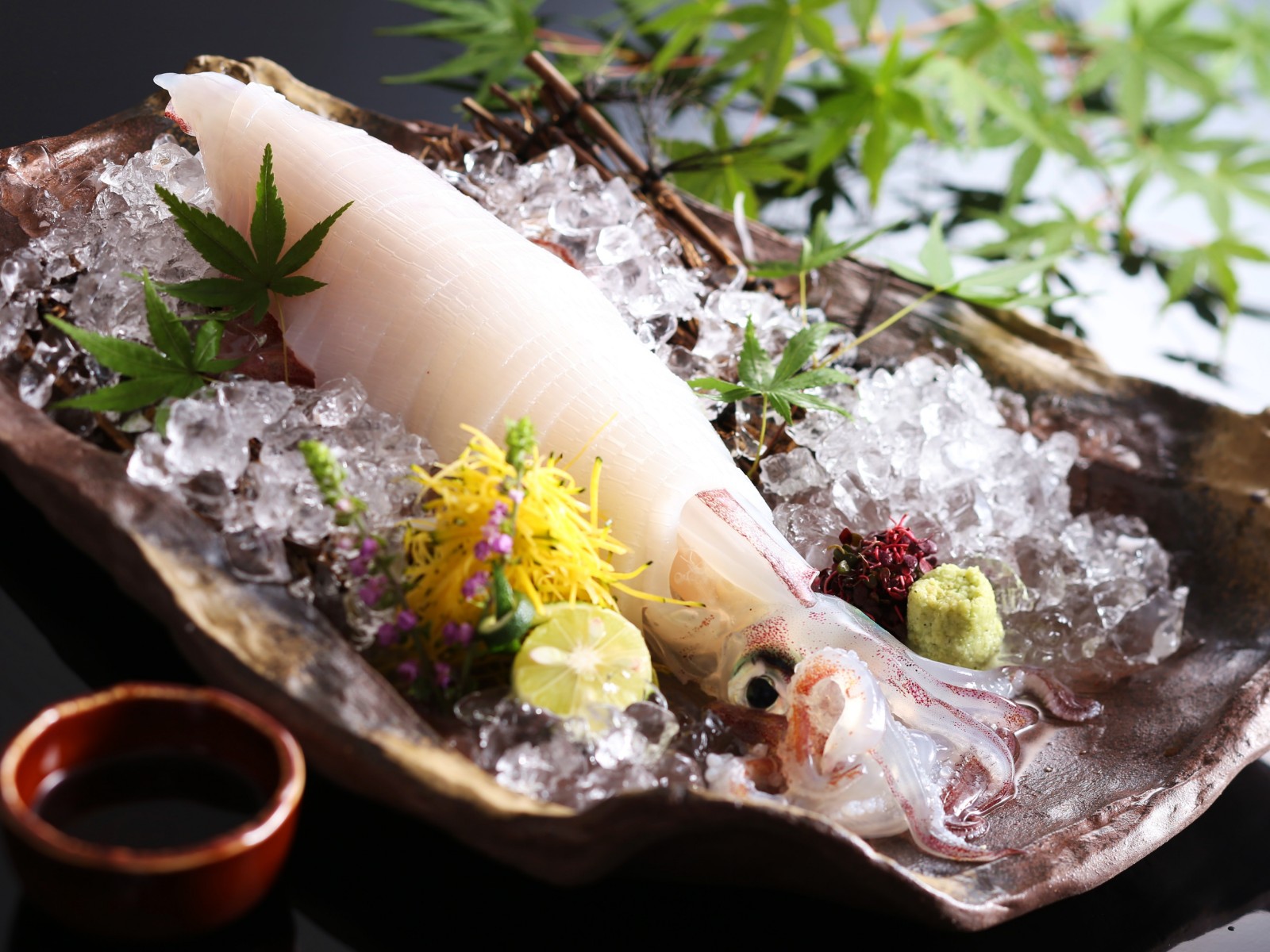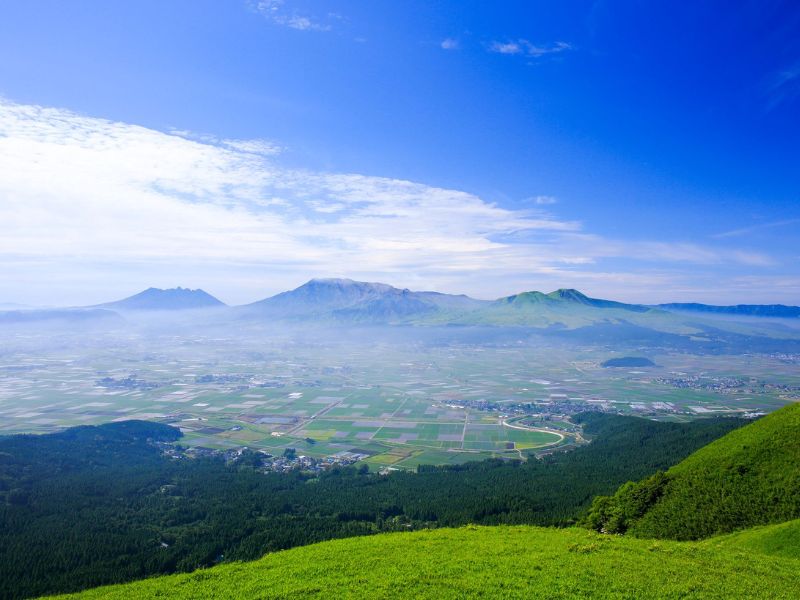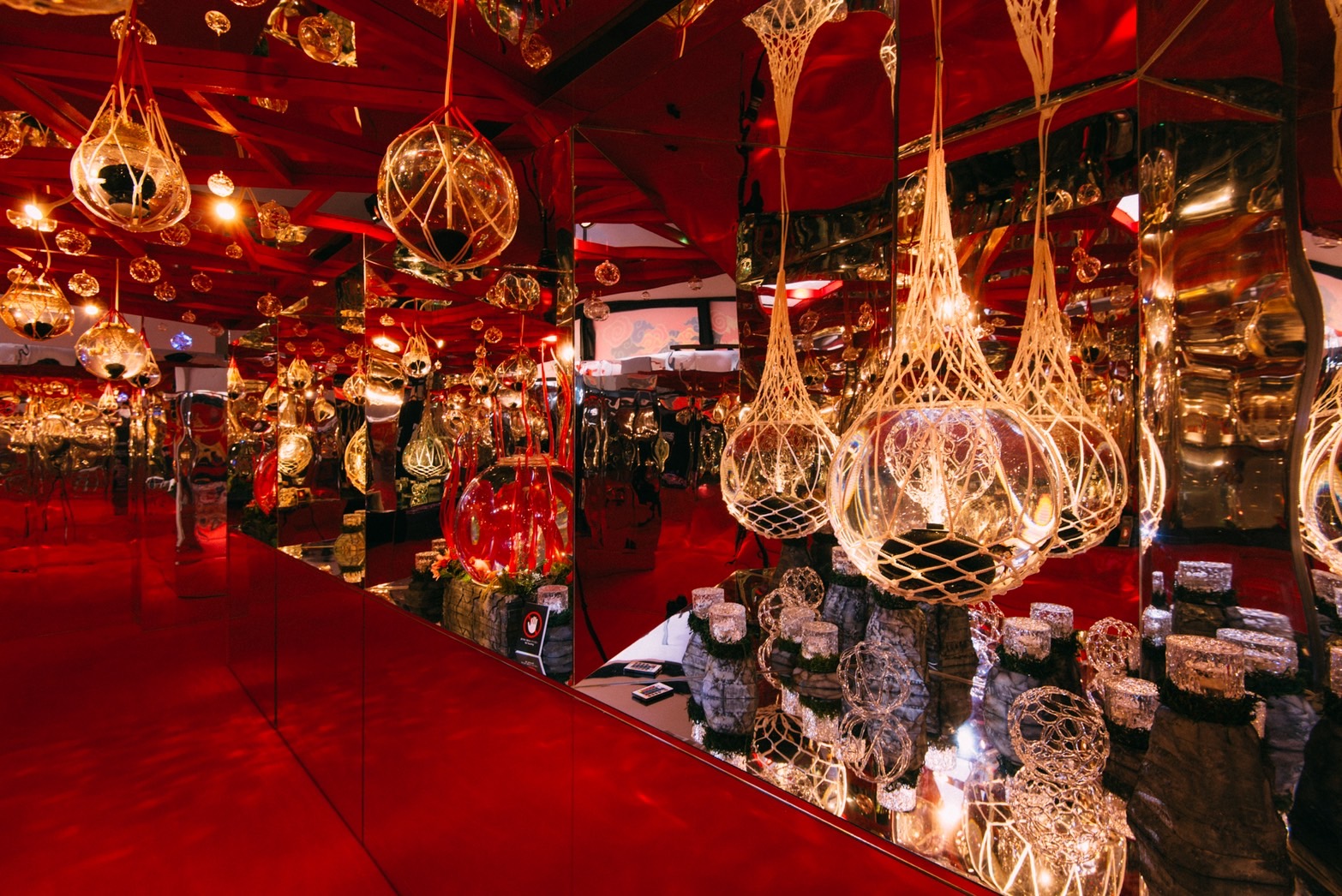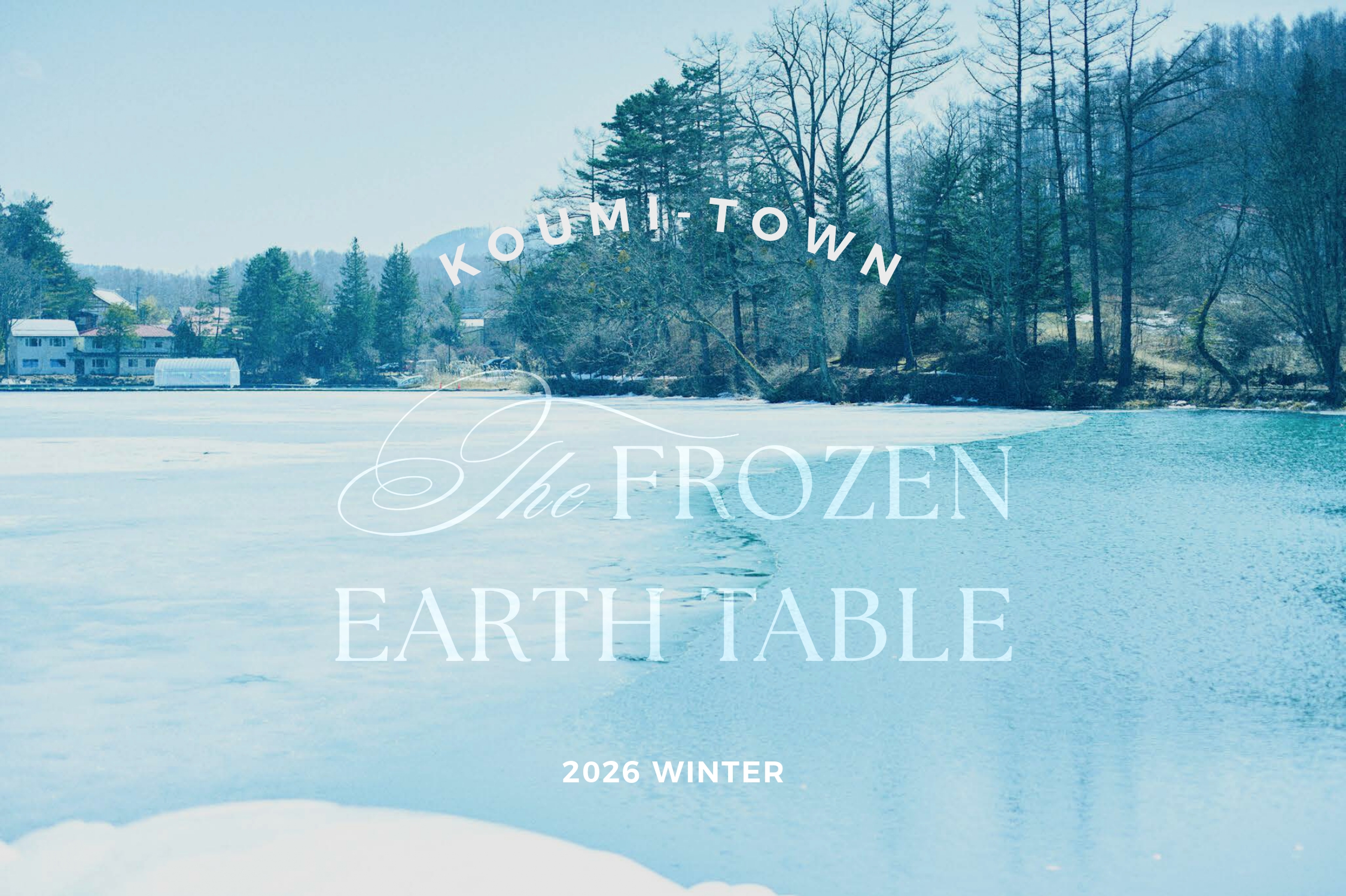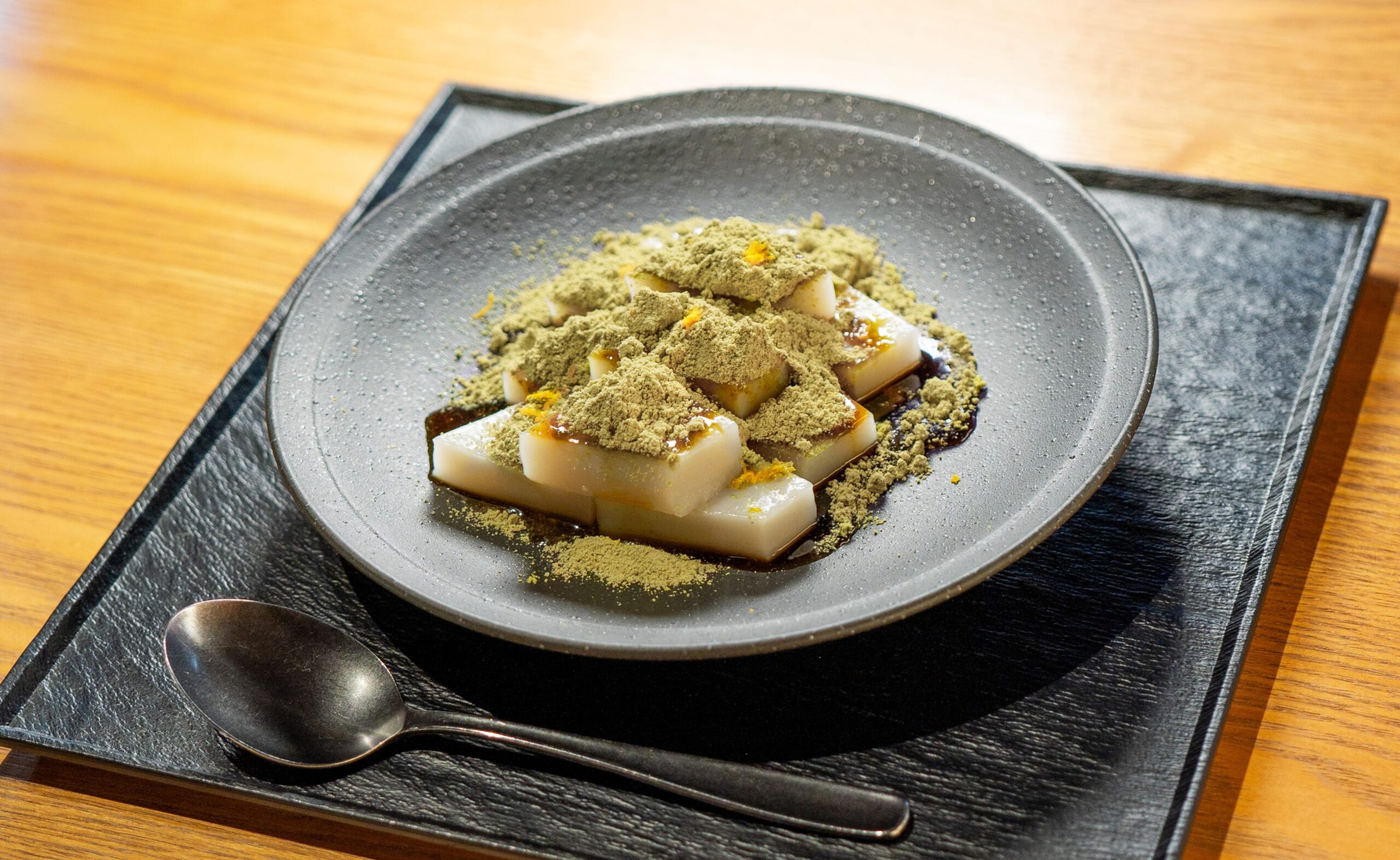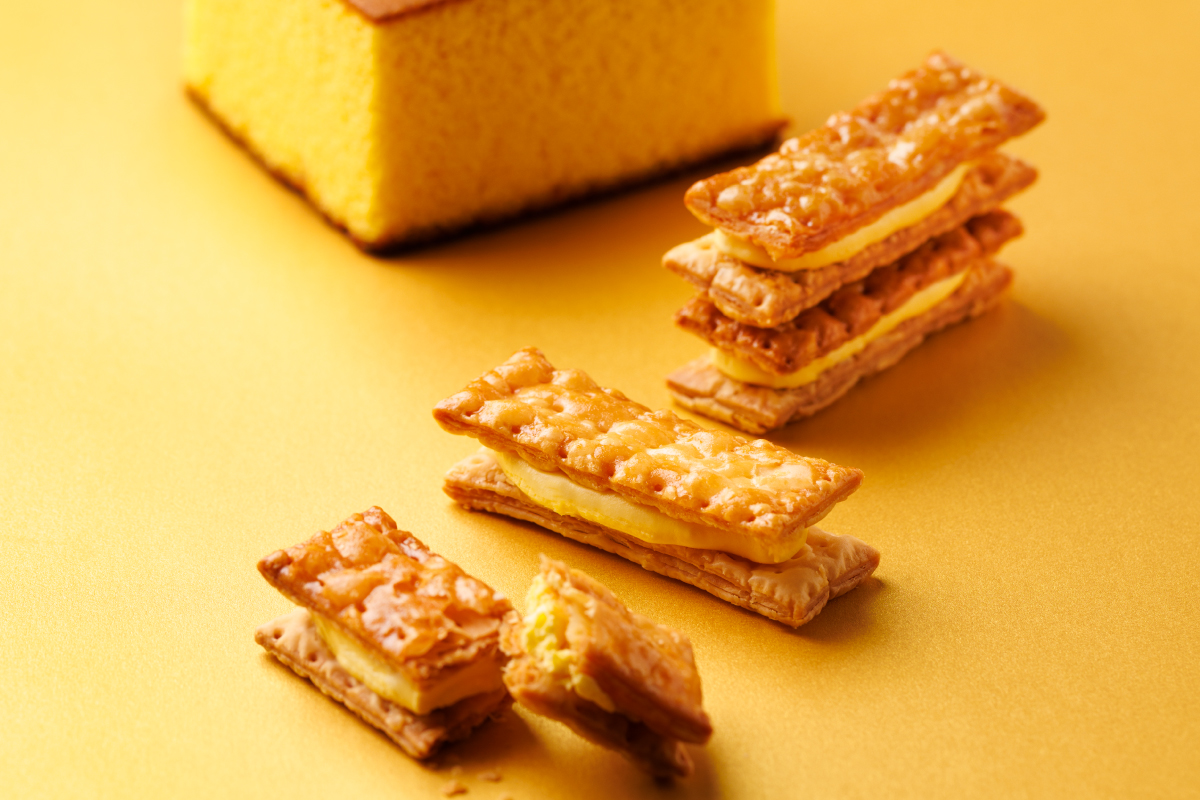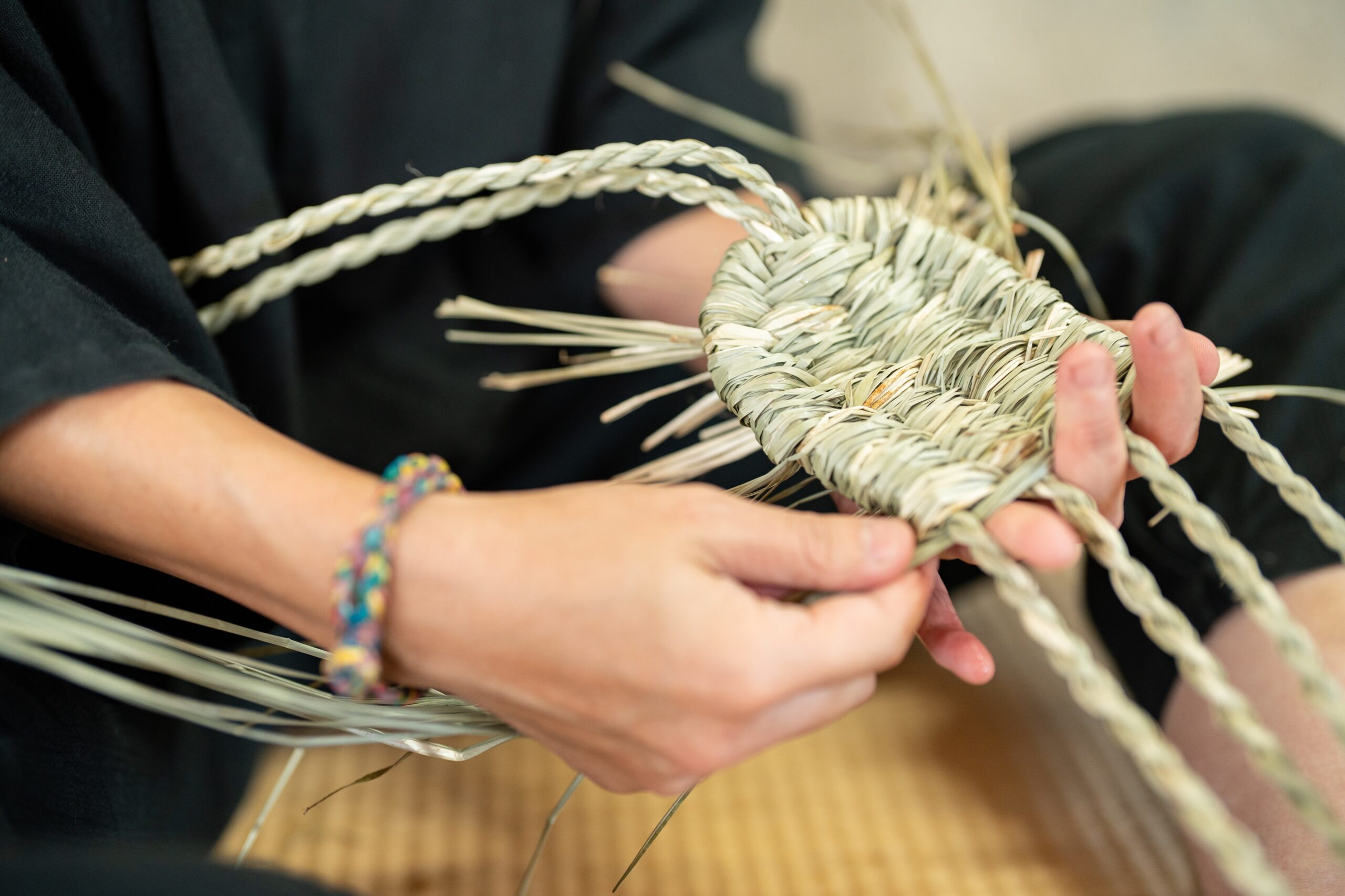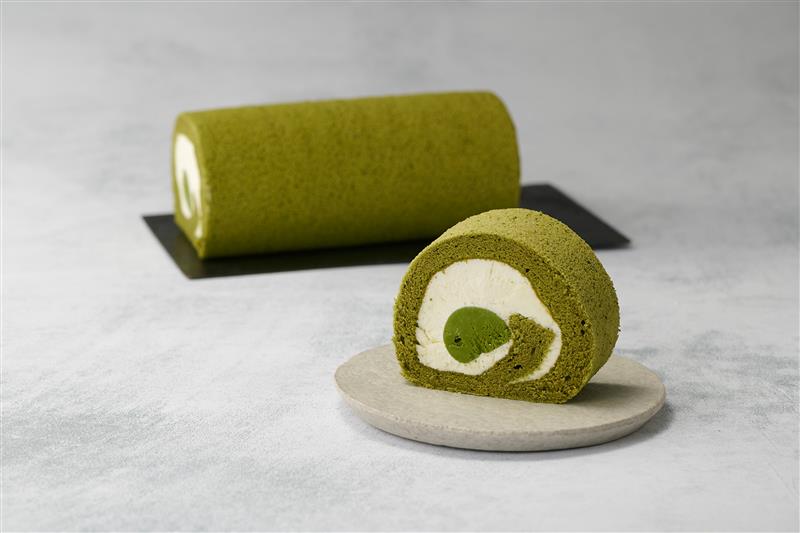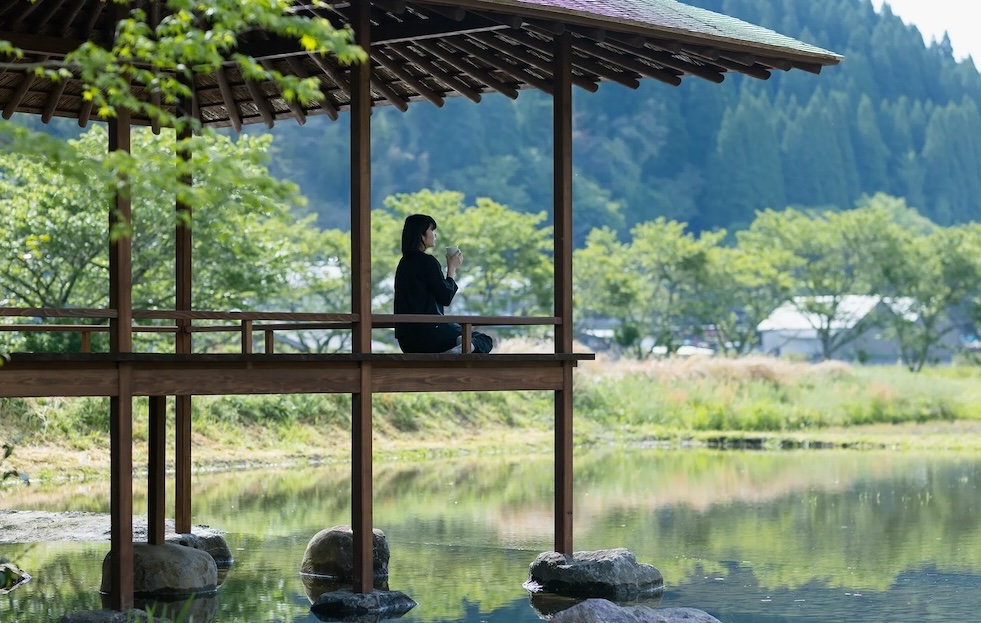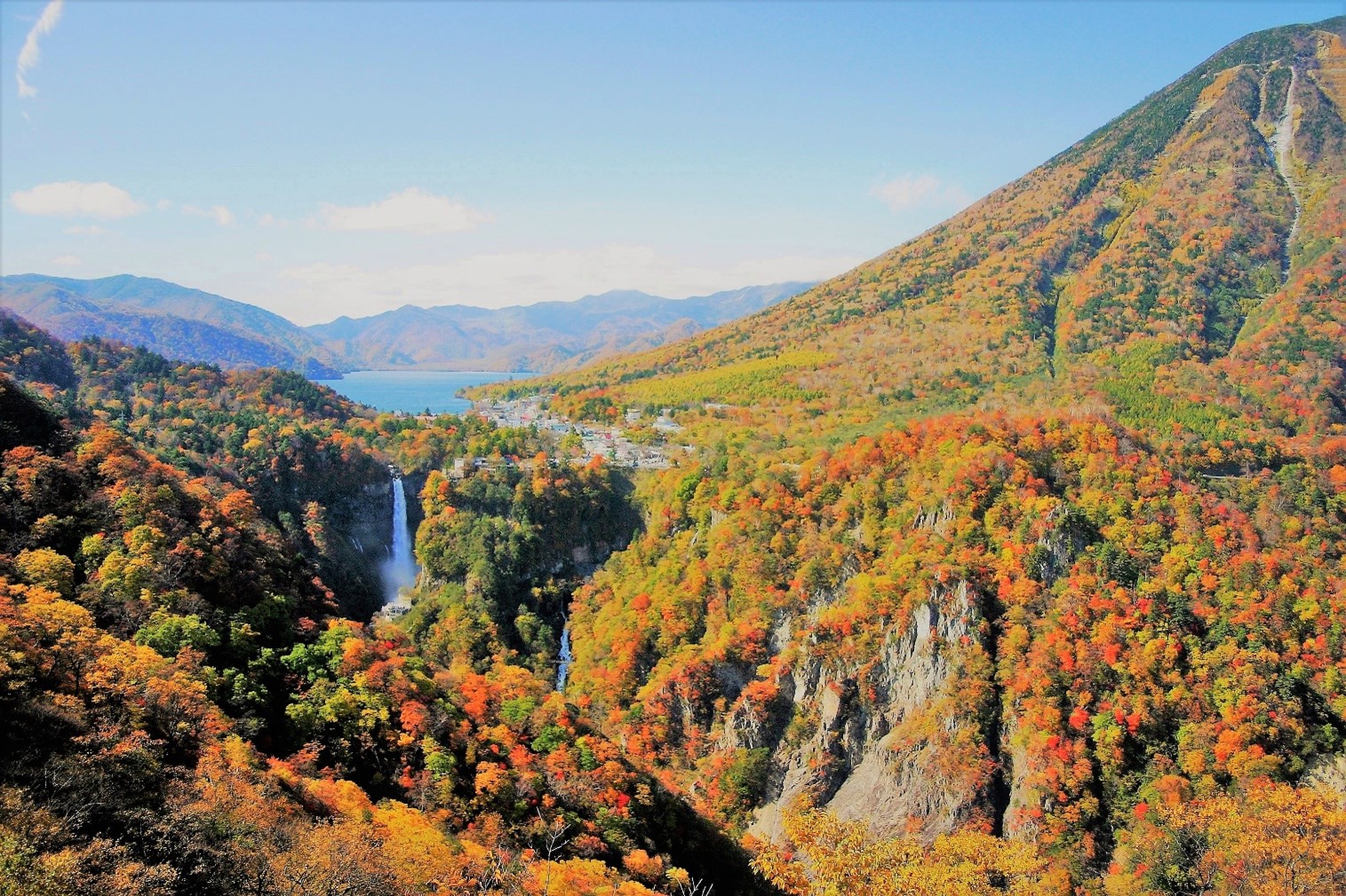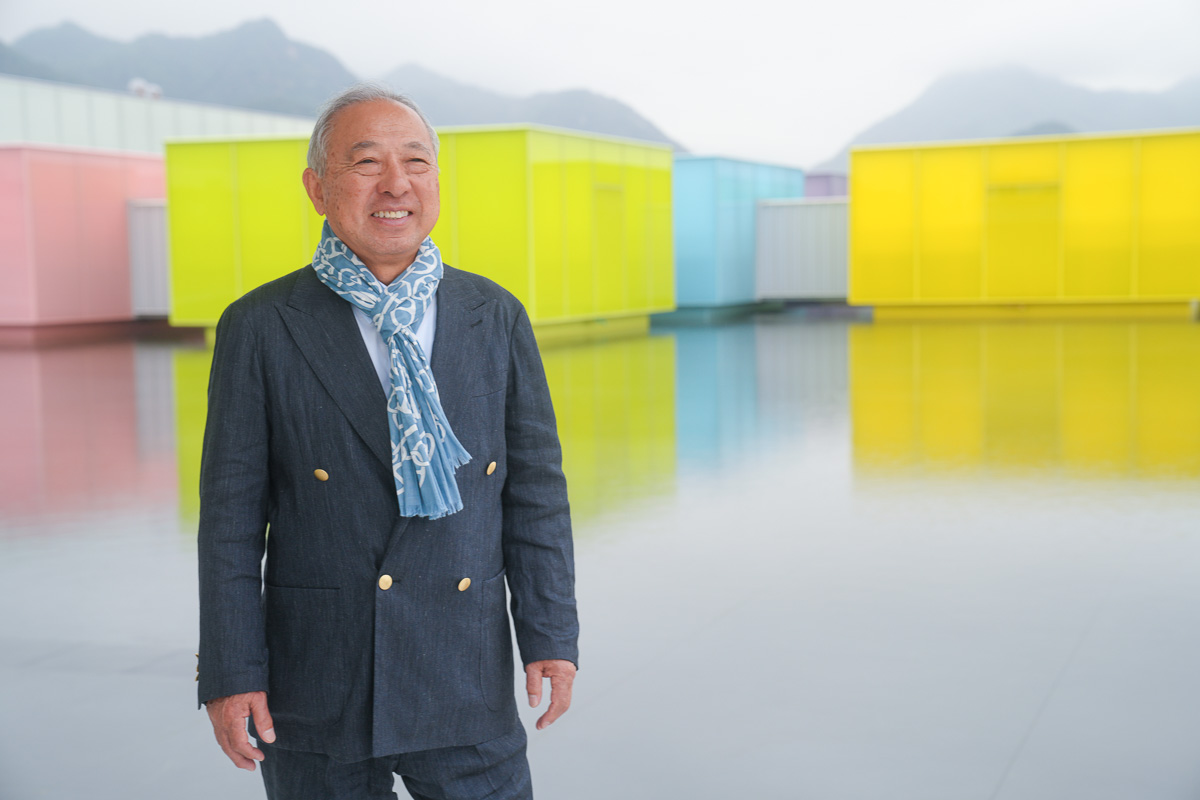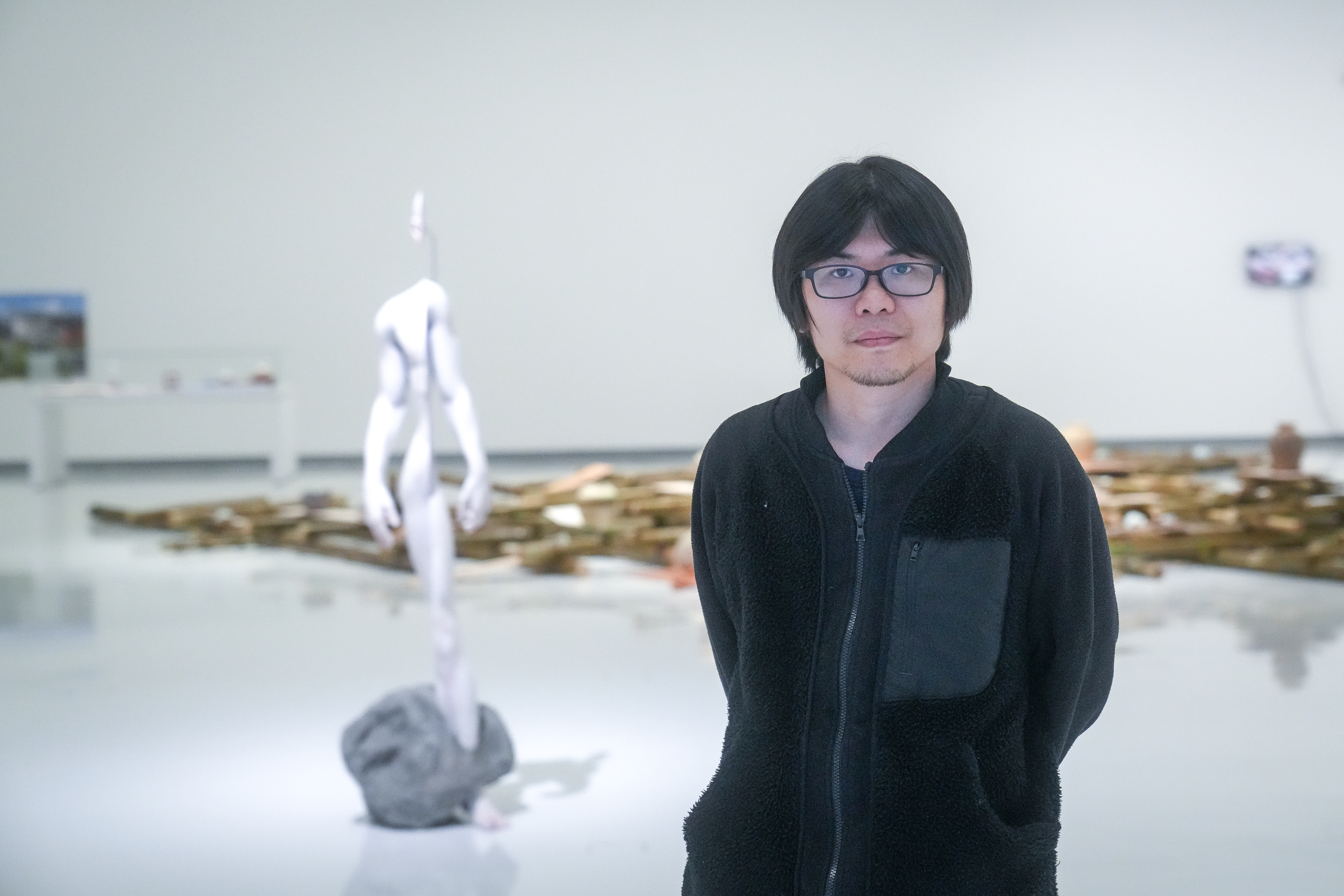Wind chimes were once used to ward off evil and evil spirits, but over time, they were likened to the sound of a Japanese bush warbler and became a tool used to enjoy the sound itself and to help pass the time during the humid Japanese summers.
At Kawagoe Hikawa Shrine, which we visited this time, an event was held to hang strips of paper with wishes written on them on the wind chimes, as “the wind carries people’s thoughts.
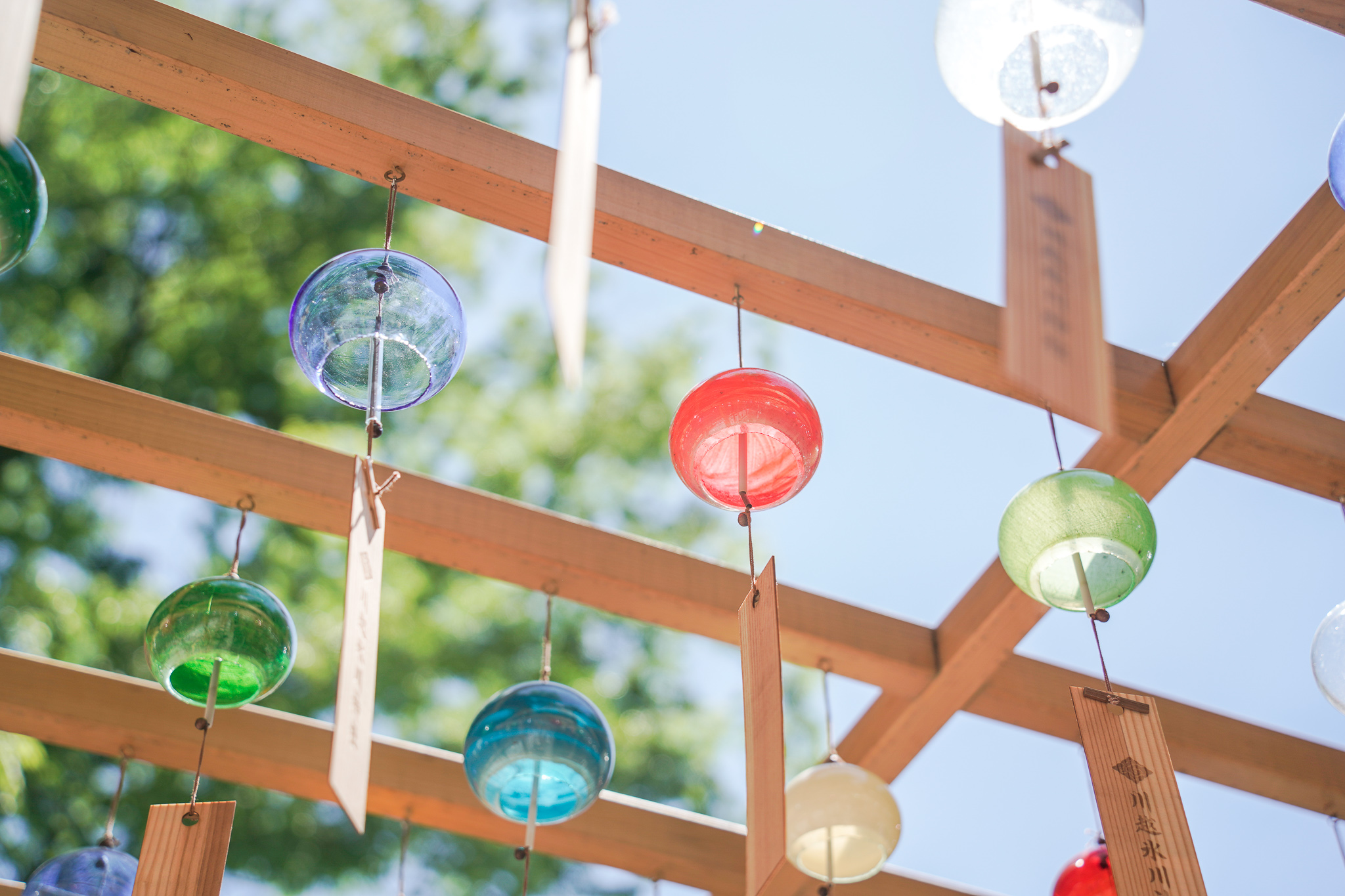
There are approximately 1,500 wind chimes hanging in the precincts of the temple, each one handmade by craftsmen. If you look closely, you will see that each one has a different shape. The wind chimes are well suited to the strong green of summer and the blue sky.
red to ward off evil
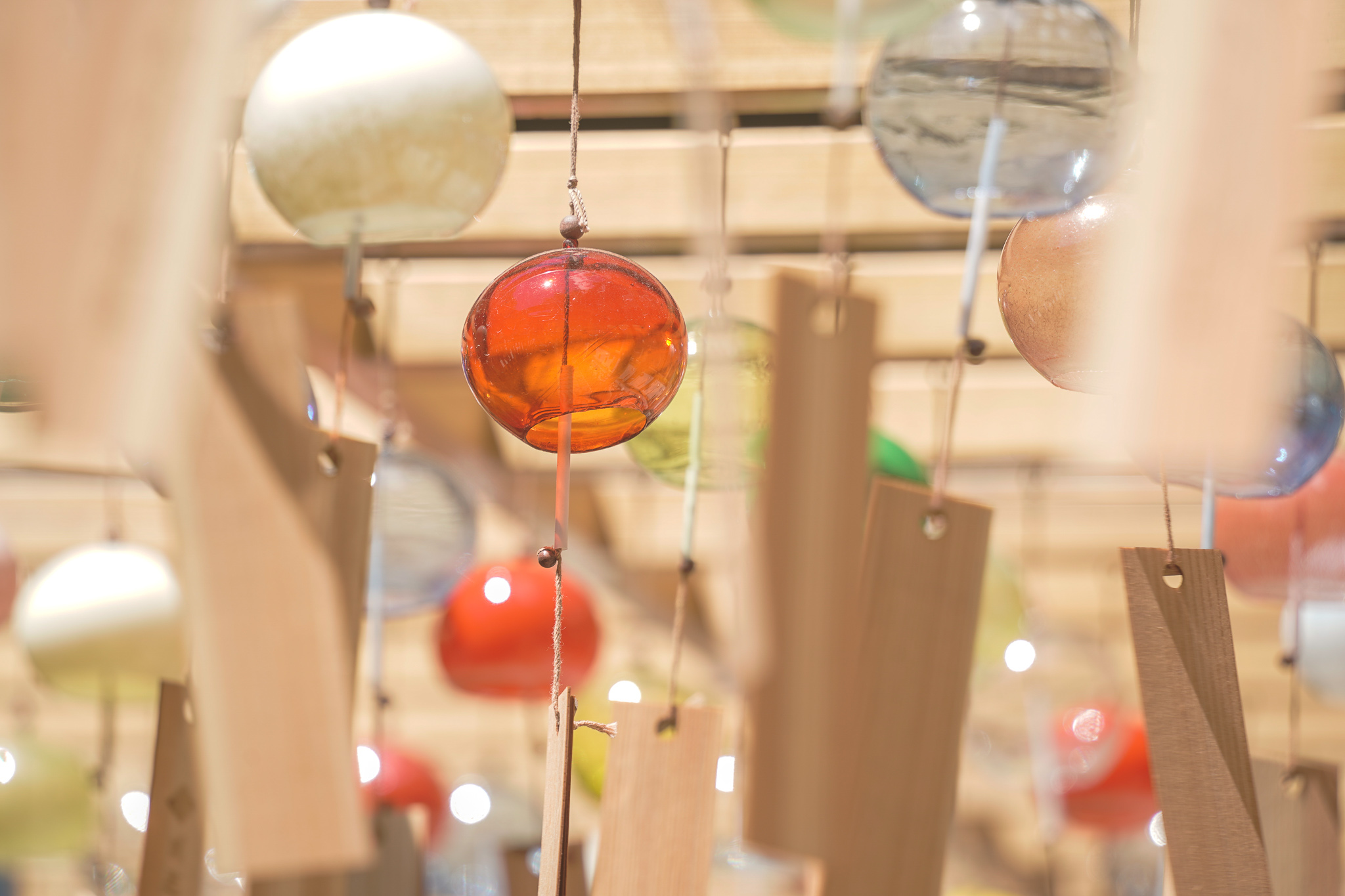
The color red is considered to symbolize life and has long been used to ward off evil spirits and celebrations. Wind chimes, which were used to ward off evil spirits, were also often made in red.
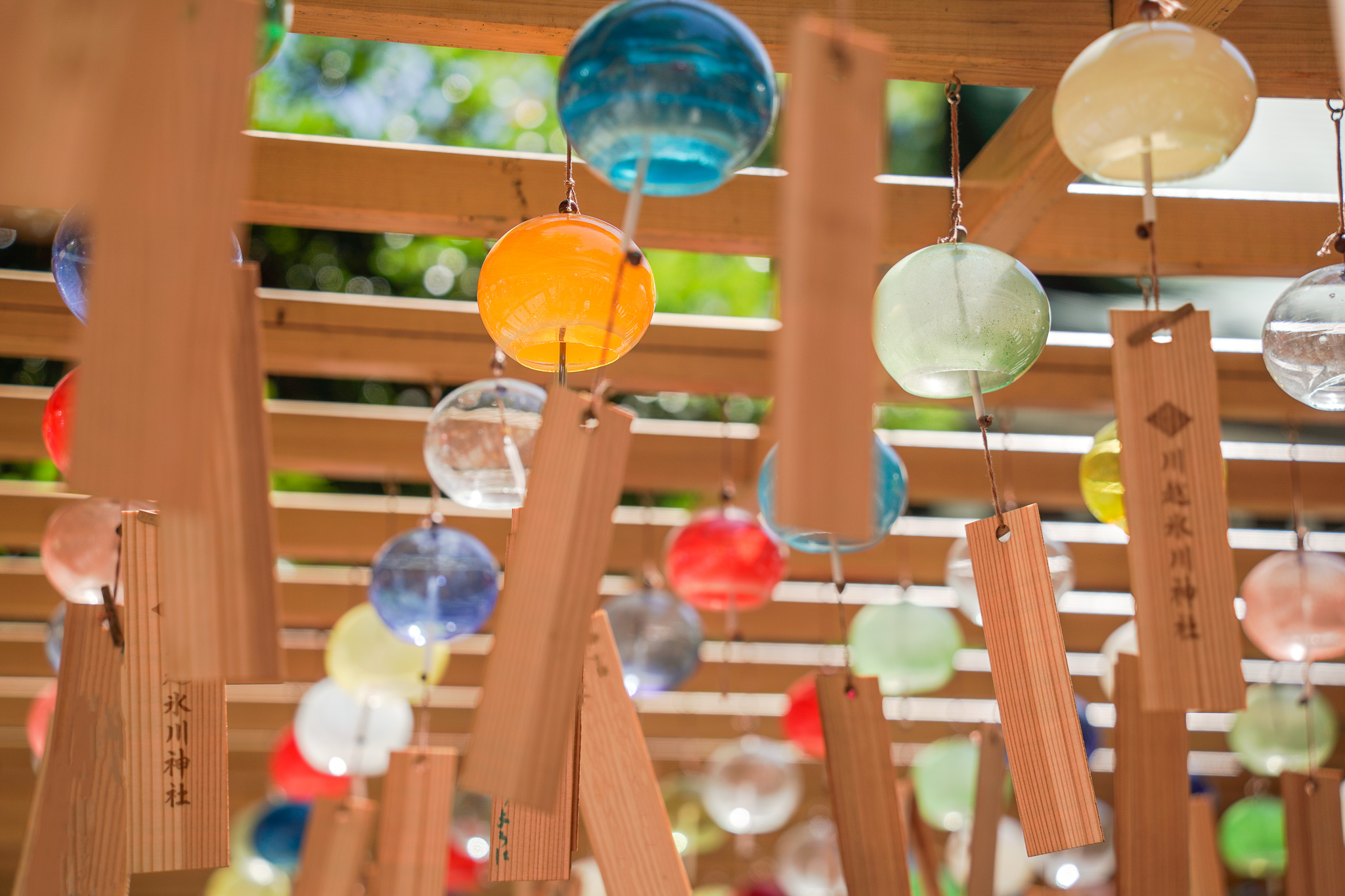

The summer of 2022 is said to be hotter than normal. We may need to devise ways to feel cooler with sound.
In addition to the corridor of wind chimes, there will be a number of items related to marriage, such as gently glowing Bonbori lanterns, omikuji, and red seals with limited designs.
Kawagoe Hikawa Shrine
| Location: |
2-11-3 Miyashitamachi, Kawagoe City, Saitama Prefecture |
| TEL: |
049-224-0589 (company office) |
